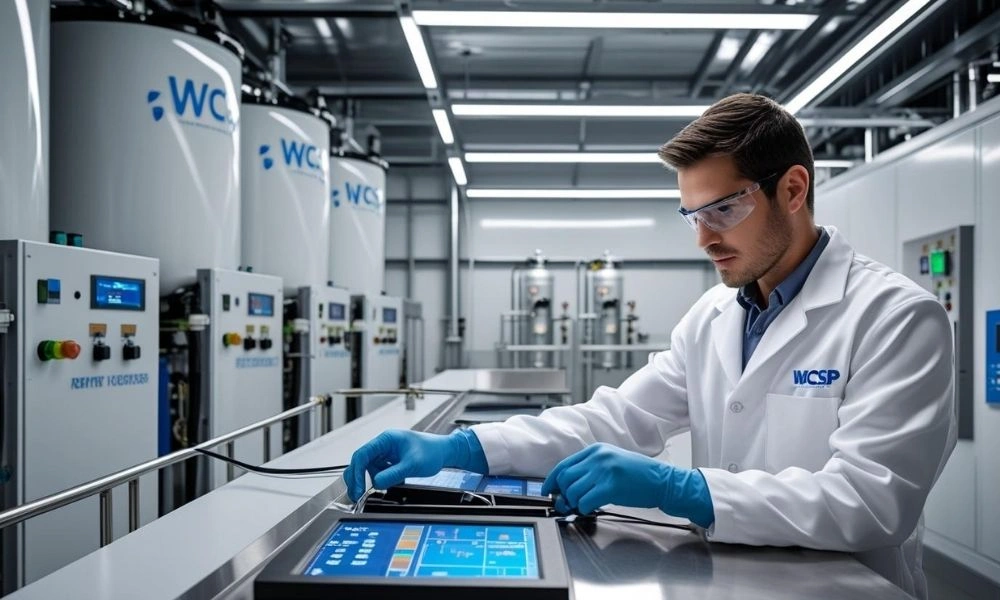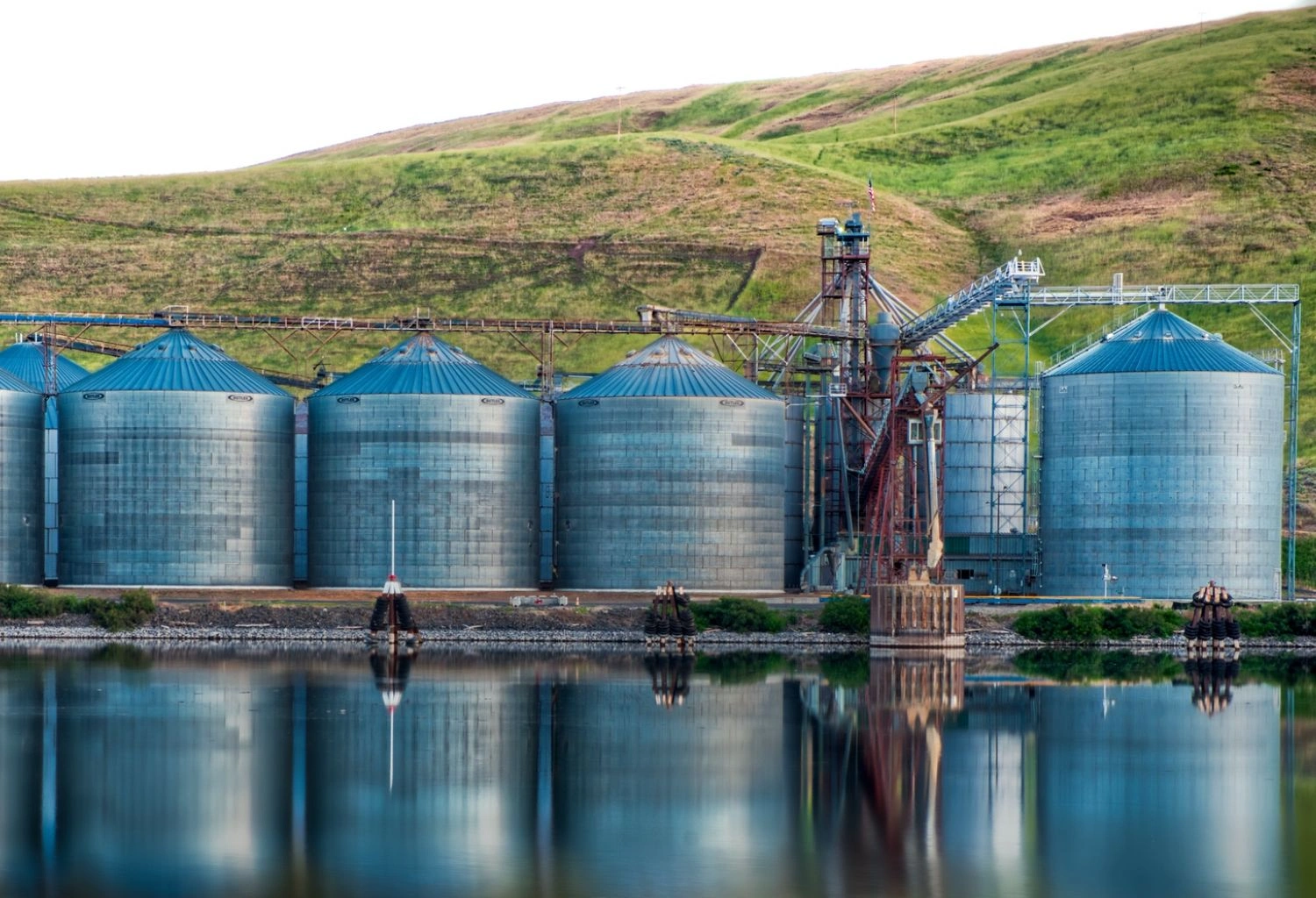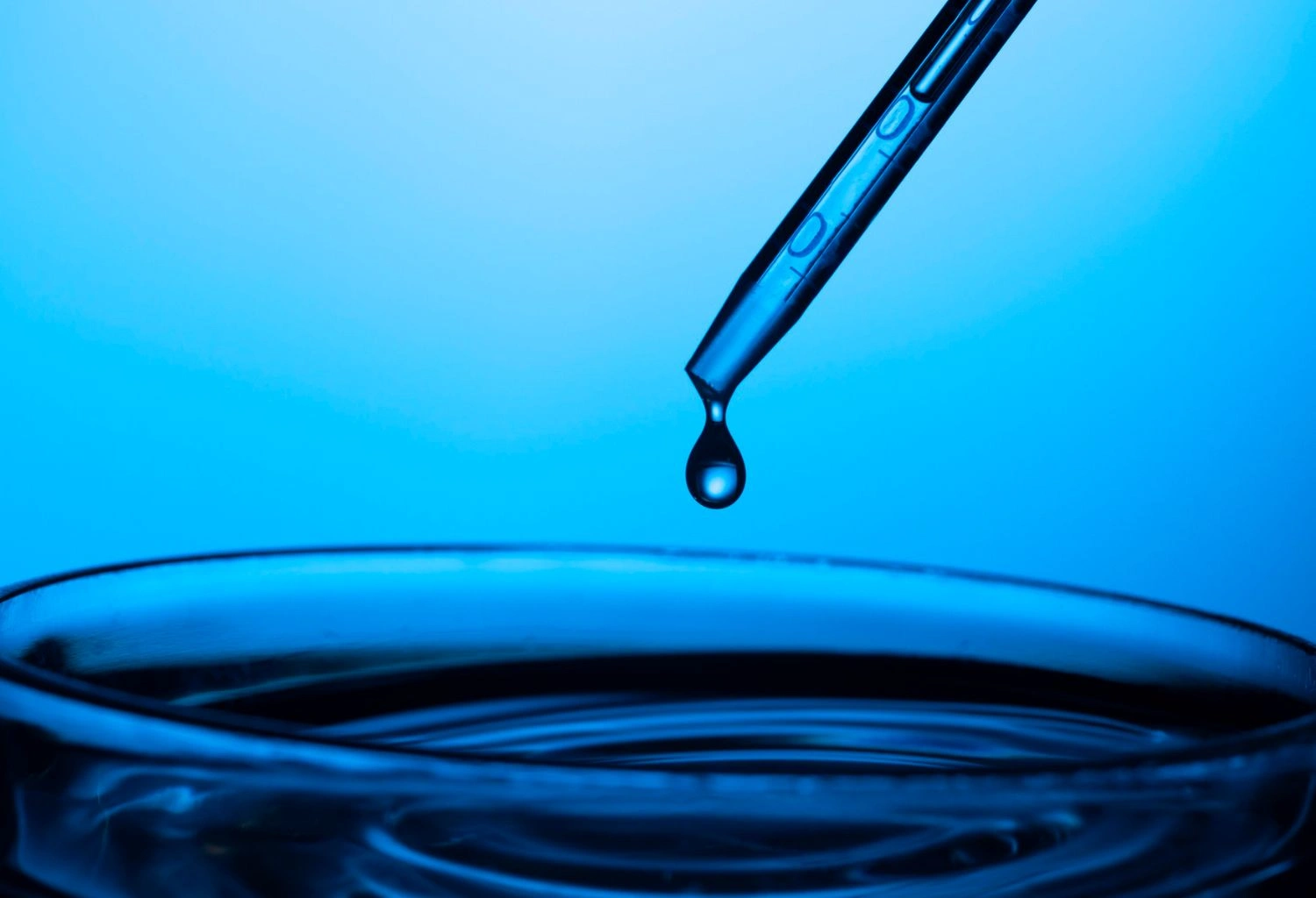Selecting the best wastewater treatment system requires balancing inflow volume, pollutant type, space, and cost. Technologies like MBBR, electrocoagulation, and AOP offer various benefits based on specific needs. WCSP provides customized, compliant, and cost-effective solutions—from design and installation to service—helping industries and municipalities in Pakistan achieve sustainable wastewater management.
Wastewater Treatment System
How to Choose the Best Wastewater Treatment System
Choosing an best wastewater treatment system is critical to public health, environmental safety, legal requirements, and cost savings in the long run. Whether you are running a housing colony, an industrial facility, or a municipal operation, a proper system can assist you in minimizing pollution, complying with government rules, and running your operation sustainably. This handbook, based on the experience of Water Care Services Pakistan (WCSP), will assist you in making the best choice for your purpose.
Why It’s Important to Select the Proper System?
Legal and Environmental Requirements
In Pakistan, stringent environmental regulations mandate all industrial units, hospitals, and big installations to treat their effluent before disposal. The Environmental Protection Agency (EPA) and NEQS (National Environmental Quality Standards) call for compliance. Noncompliance may lead to fines, litigation, or even project closure.
Public Health and Safety
Untreated sewage may transmit diseases such as cholera, hepatitis, and typhoid. Polluted water contaminates rivers and groundwater and threatens adjacent communities. An effective system ensures that toxic contaminants are eliminated before the water is discharged or recycled, thus becoming safer for all.
Operational Efficiency and Cost Savings
Choosing a modern wastewater system reduces your water consumption, protects your equipment, and lowers costs associated with chemical treatments and raw water purchases. Many systems now also recycle treated water, which can be reused for non-drinking purposes like gardening, cooling, and flushing.
Electrocoagulation
Key Factors to Consider
Source and Volume of Wastewater
Start by determining the quantity and quality of wastewater your plant generates. For instance, an industrial plant will generate chemical-laden wastewater, whereas a housing society will generate sewage with organic waste. The treatment system needs to be coordinated with the wastewater profile.
Type of Contaminants
Some wastewater is high in BOD (biochemical oxygen demand), COD (chemical oxygen demand), oil, grease, or heavy metals. If your wastewater has recalcitrant pollutants such as dyes, solvents, or metals, then you’ll require advanced technology like electrocoagulation or AOP (Advanced Oxidation Process).
Space and Location
If space is limited—as is often the case in urban areas—you’ll benefit from compact systems like MBBR (Moving Bed Biofilm Reactor) or packaged STPs. Rural or large spaces can support open systems like lagoons or oxidation ponds, though they often need more land.
Maintenance Requirements
Your technical ability within your team should be a factor in your decision. Some systems, such as simple activated sludge, are needs-manual daily attention. Others, such as MBBR or electrocoagulation, are semi-automatic and simpler to manage, but still require occasional professional inspection.
Regulatory Compliance
Ensure the system you implement is compliant with Pakistan’s NEQS discharge standards. Particularly for industries, water quality in discharge water must be regularly tested to prevent legal penalties and environmental fines.
Common Wastewater Treatment Technologies
MBBR (Moving Bed Biofilm Reactor)
The free-floating biofilm carriers within aeration tanks treat wastewater in this system. It is small, requires less sludge handling, and is suitable for household, industrial, or hospital use.
Electrocoagulation
It employs electric current to dissipate suspended solids, heavy metals, and oils. It’s very effective and minimizes chemicals, although it consumes electricity and electrodes need to be maintained.
AOP (Advanced Oxidation Process)
This process involves combining ozone or hydrogen peroxide with UV light to destroy non-biodegradable contaminants. It is suitable for the treatment of wastewater from pharmaceutical and chemical industries.
Conventional Activated Sludge
Traditional yet space-intensive, this process utilizes microorganisms to decompose organic substances. It functions well but can underperform at seasonal temperature fluctuations or increased inflow loads.
Membrane Bioreactor (MBR)
MBR is an advanced solution combining biological treatment with membrane filtration. It provides very high-quality water, making it suitable for reuse. However, it’s more expensive to install and maintain.
Pros and Cons (In Paragraph Format)
MBBR is a great option due to its minimal energy consumption and compact design. It generates less sludge compared to conventional systems and is simpler to operate. It can be replaced with new biofilm media every few years, but it demands moderate technical monitoring.
Electrocoagulation provides robust outcomes, particularly for metal, oil, and dye removal. It’s a chemical-free process, so it’s environmentally friendly. However, it needs steady power supply and regular electrode maintenance to be effective.
AOP is robust against difficult-to-remove chemicals and provides extremely high water quality. It’s most appropriate for intricate industrial waste but costs more initially because of the equipment and chemicals required.
Activated Sludge Systems are affordable and popular but can be cumbersome and labour-intensive. They produce more sludge, which needs to be disposed of often and taken care of.
MBR systems provide the cleanest discharge but at higher installation and operating expenses. They’re best suited for those areas that have stringent requirements for water reuse or space limitations.
WCSP’s Expert Approach
Custom Design for Every Site
Water Care Services Pakistan (WCSP) begins with a detailed site survey and wastewater analysis. Depending on the result, they configure systems that respond to flow rates, pollution loads, and spatial constraints efficiently.
Reputable Equipment
WCSP procures robust pumps, membranes, filters, and media from overseas manufacturers. Their systems are accompanied by sensors and digital controls for continuous monitoring and adjustments.
Full Installation & After-Sales Service
The firm offers door-to-door service—from civil building to electrical cabling, to commissioning. Their assistance does not end at installation; they also deliver AMC (Annual Maintenance Contracts), operator training, and remote monitoring.
Cost vs. Long-Term Value
Affordable systems can be enticing but usually do not live up to environmental requirements and need constant repairs. Mid-level solutions such as MBBR or electrocoagulation are more durable and require average maintenance. High-end solutions such as MBR and AOP demand greater budgets but ensure premium outputs and are cost-saving in the long run through reuse of water, reduced penalties, and stable performance.
WCSP assists clients to compare the life-cycle cost of every system, including initial cost against water savings, chemical savings, energy savings, and compliance.
Conclusion
Selecting the best wastewater treatment system is about more than selecting a machine. It’s about knowing your type of wastewater, regulatory requirements, space, and long-term operation objectives. Water Care Services Pakistan (WCSP) has the technology, expertise, and service to lead customers to the most efficient and cost-effective treatment systems. Industrial, residential, or municipal use, WCSP provides guaranteed, compliant, and sustainable solutions in Pakistan.
Frequently Asked Questions (FAQs)
1. Why is selecting the right wastewater treatment system important?
It ensures legal compliance, protects public health, reduces pollution, and saves water and costs, especially in housing colonies, industries, and municipal operations.
2. What laws require wastewater treatment in Pakistan?
EPA Pakistan and NEQS mandate all major facilities to treat wastewater before discharge to avoid fines, closures, and environmental damage.
3. How does wastewater treatment help public health?
It removes bacteria, viruses, and chemicals from sewage, reducing risks of diseases like hepatitis, typhoid, and cholera in surrounding communities.
4. What should be analyzed before selecting a system?
You must assess wastewater volume, contamination type, available space, and maintenance capacity to choose the most suitable and efficient system.
5. What are the benefits of MBBR technology?
MBBR offers compact design, low energy use, less sludge, and consistent biological treatment, suitable for urban housing, hospitals, and factories.
6. When should electrocoagulation be used?
Use it for chemical-heavy wastewater with dyes, metals, or oils; it’s chemical-free and effective but requires steady power and electrode maintenance.
7. Who should consider AOP systems?
Industries like pharmaceuticals or chemicals needing high-purity water and removal of non-biodegradable pollutants should choose AOP despite its higher cost.
8. What are MBR system advantages and drawbacks?
MBRs deliver ultra-clean water and support reuse but require high installation cost and technical maintenance, ideal for space-limited or high-standard areas.
9. How does WCSP support after installation?
WCSP provides AMCs, spare parts, operator training, remote monitoring, and on-site inspections to ensure long-term system performance and compliance.
10. What’s the best system for long-term savings?
MBBR or electrocoagulation offer solid performance and lower lifecycle cost. High-end MBRs cost more initially but save in water reuse and fines.



